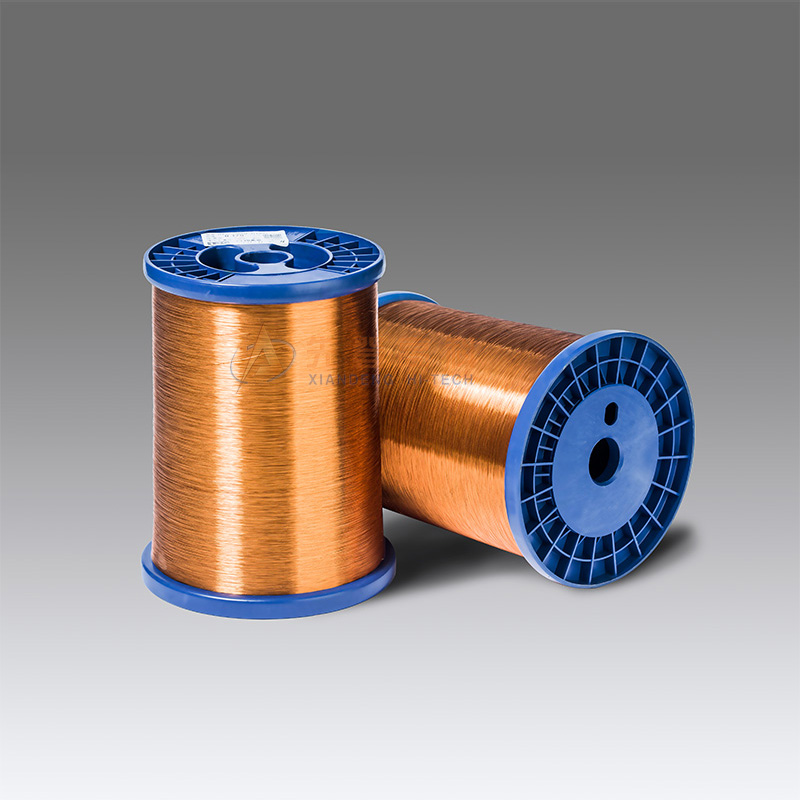

Copper-clad aluminum (CCA) wire is a type of electrical […]
Copper-clad aluminum (CCA) wire is a type of electrical wire that has a thin layer of copper on the outside and a core made of aluminum. This wire is often used as a cost-effective alternative to the pure copper wire in a variety of applications.
One of the primary advantages of CCA wire is its lower cost compared to pure copper wire. Copper is a valuable commodity, and the price of copper can fluctuate greatly depending on supply and demand. CCA wire, on the other hand, is typically less expensive because it uses less copper.
Another advantage of CCA wire is its lighter weight. Aluminum is a lighter metal than copper, so CCA wire is often used in applications where weight is a concern, such as in the aerospace industry. Additionally, CCA wire is easier to handle and install because of its lighter weight.
CCA wire also has some disadvantages that should be considered. One of the primary concerns with CCA wire is its electrical conductivity. Copper is a better conductor of electricity than aluminum, so CCA wire has a lower conductivity than pure copper wire. This can result in higher resistance, which can cause voltage drops and potential problems in electrical circuits.
Another concern with CCA wire is its durability. The thin layer of copper on the outside of the wire can corrode over time, which can affect the wire's performance and longevity. This can be particularly problematic in outdoor or humid environments where corrosion is more likely to occur.
Despite these concerns, CCA wire is still widely used in many applications. It is often used in low-voltage applications, such as in speaker wire and some types of automotive wiring. CCA wire is also commonly used in the production of coaxial cables, which are used for transmitting television and internet signals.
In recent years, there has been some controversy surrounding the use of CCA wire. Some critics argue that CCA wire is unsafe and should be banned from use in certain applications. However, the National Electrical Code (NEC) allows for the use of CCA wire in certain low-voltage applications as long as it meets certain requirements.
In conclusion, copper-clad aluminum wire is a cost-effective alternative to pure copper wire that has some advantages and disadvantages. While it may not be suitable for all applications, it is widely used in many low-voltage applications and can be a good option for those looking to save on costs or reduce weight. As with any electrical component, it is important to carefully consider the requirements of the application and choose the appropriate materials accordingly.
